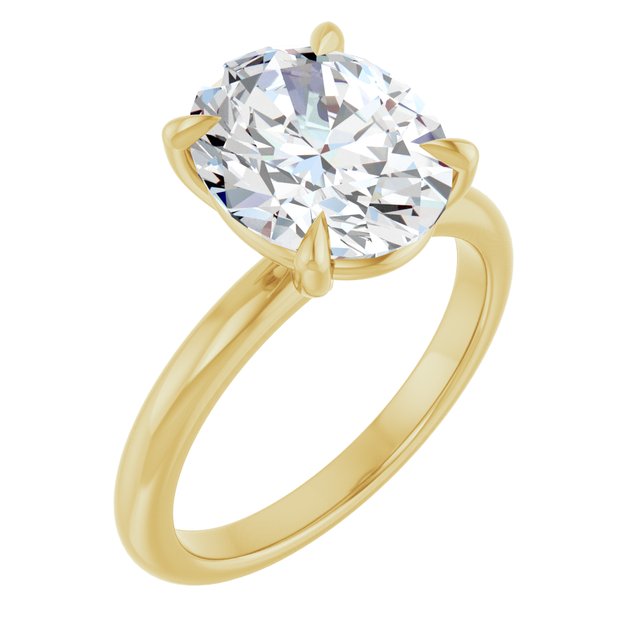Gold has long been a symbol of luxury and love, but not all gold is created equal—especially when it comes to color. Two of the most popular shades seen in fine jewelry today are yellow gold and rose gold. Both are beautiful in their own way, but choosing the one that suits your personal style, skin tone, and lifestyle is key.
So how do you decide between yellow gold vs. rose gold? Let’s dive into the characteristics, pros, cons, and style vibes of each to help you find your perfect match.
1. What’s the Difference Between Yellow and Rose Gold?
At their core, both are made from pure gold—but it's the alloy mixture that changes their appearance.
- Yellow Gold: A classic blend of pure gold, silver, and copper. This maintains a natural warm, golden hue and is often associated with traditional, timeless styles.
- Rose Gold: Made by combining gold with more copper, giving it a soft pinkish tone. Rose gold has gained popularity in recent years for its romantic and vintage-inspired feel.
2. Appearance & Aesthetic
- Yellow Gold Jewelry: Traditional and bold. It pairs beautifully with warm skin tones and gemstones like emeralds, sapphires, and rubies. It’s the go-to for vintage, classic, or heirloom-style jewelry.
- Rose Gold Jewelry: Feminine, modern, and romantic. The pinkish tone flatters almost every skin tone and complements both neutral and pastel outfits. Perfect for delicate, trendy, or minimalist designs.
Want your jewelry to feel like a timeless investment? Go yellow. Want a modern twist with soft elegance? Try rose.
3. Durability and Maintenance
Durability can play a big role in your decision.
- Yellow Gold (especially in 18K or higher): Softer and more prone to scratching and bending, though it's easy to polish and restore. Best for pieces you won’t wear every day.
- Rose Gold: Slightly more durable because of its higher copper content. It’s resistant to tarnish and generally holds up better with daily wear.
Both require occasional polishing, but rose gold tends to show less wear over time.
4. Skin Tone Compatibility
Wondering which looks better on your skin?
- Yellow Gold: Looks stunning on warm undertones (think olive or tan skin). It enhances the natural glow and pairs well with earthy tones.
- Rose Gold: Universally flattering—it looks great on cool, neutral, and warm undertones. If you're unsure, rose gold is a safe, stylish bet.
5. Style Preferences and Trends
- Yellow Gold is perfect for those who love traditional pieces with a rich, regal appearance. It’s often chosen for engagement rings, statement necklaces, and family heirlooms.
- Rose Gold has surged in popularity thanks to its unique color and romantic vibe. Great for fashion-forward individuals, especially those who love stacking rings or layered necklaces.
Looking for something trendy but still sophisticated? Rose gold might be your style match.
6. Allergies and Sensitivities
- Yellow Gold: The higher the gold content (like 18K), the lower the chance of a skin reaction.
- Rose Gold: The added copper can sometimes irritate sensitive skin. If you have a copper allergy, yellow gold might be the better choice.
Final Thoughts
Choosing between yellow gold vs. rose gold isn’t just about color—it’s about your personal style, lifestyle, and how you want your jewelry to reflect you.
- Want timeless and traditional? Go with yellow gold.
- Craving something soft, modern, and romantic? Choose rose gold.
No matter your choice, both types of gold offer elegance, durability, and lasting beauty. Try mixing them if you can’t decide—modern jewelry trends often blend the two beautifully!


